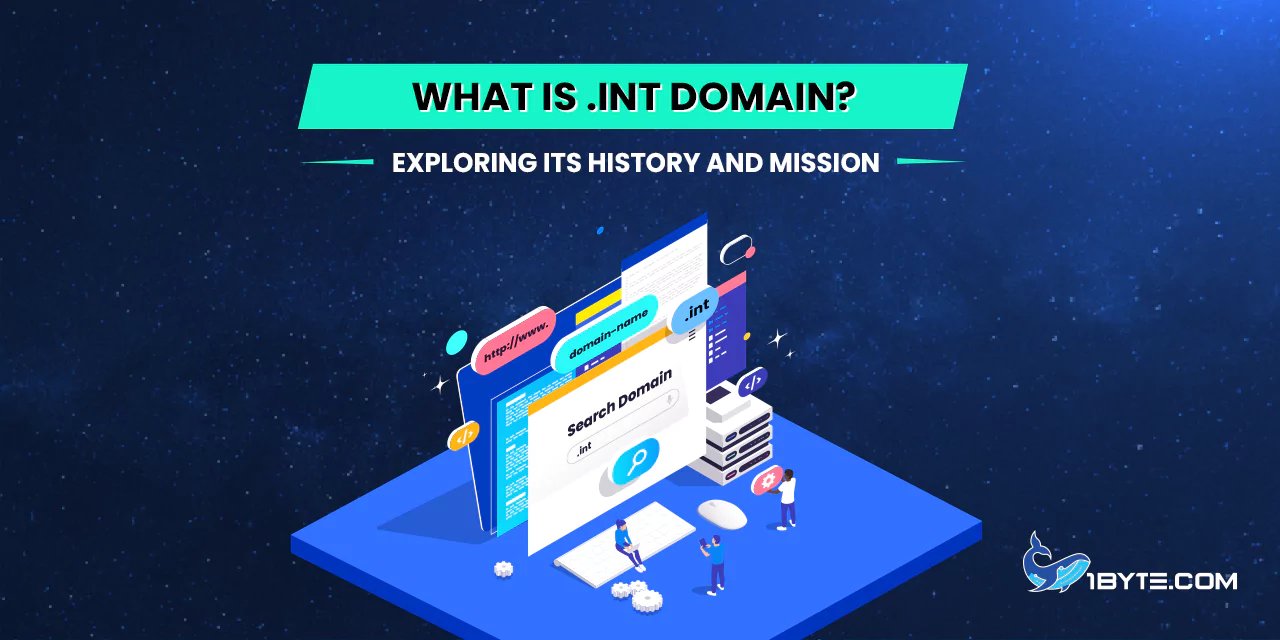What is .int domain, and why does it carry a special significance in the digital landscape? With a quick glance, the .int domain might seem like just another set of characters in a web address. However, it holds a story that spans decades, rooted in a mission that goes beyond the conventional domains we encounter daily. Understanding the .int domain requires delving into its origins and the purpose it serves in the online world.
The .int domain, short for “international,” has a rich history that traces back to its establishment. It’s not merely a string of characters; it encapsulates a vision of fostering global collaboration and communication. To comprehend its significance, one must explore the evolution of .int and the pivotal milestones that have shaped its identity.
In this extensive exploration from 1Byte, we’ll delve into the mission that underlies the .int domain. Who is eligible to claim a .int domain, and how does it align with the broader mission of the internet? These questions unveil the unique role that .int plays in connecting international entities, transcending geographical boundaries.
As we navigate through the intricacies of the .int domain, we’ll also shed light on the benefits and challenges associated with adopting this domain extension. From its advantages in global outreach to the potential hurdles organizations might face, we aim to provide a comprehensive understanding of what .int has to offer.
Understanding the .int Domain
What is .int domain, and how does it distinguish itself in the expansive realm of web addresses? Let’s delve into the intricacies of this distinctive domain extension, unraveling its features that set it apart from the familiar .com or .org.
FURTHER READING: |
| 1. What Does .org Mean? Exploring Its History and Mission |
| 2. How to Set Up a Gmail Custom Domain: A Step-by-Step Guide |
| 3. What is .cf Domain: A Closer Look |
Definition and origin

The “.int” domain, a sponsored top-level domain (sTLD), is a key player in the Internet’s Domain Name System. Its name, derived from “international,” indicates its primary use for international organizations and treaty-related purposes, showcasing a clear link between its nomenclature and its intended users.
Originally, NATO pioneered the use of this domain, previously holding the “.nato” top-level domain. This historical shift reflects the evolving landscape of domain allocation, with “.int” emerging as the designated space for international entities.
According to the Internet Assigned Numbers Authority (IANA) policy, governed by RFC 1591, the “.int” domain is exclusively reserved for international treaty-based organizations, United Nations agencies, and entities holding observer status at the UN. The strict application policies of “.int” set it apart from other top-level domains, signaling that holders are subject to international law.
To secure a “.int” domain, applicants must substantiate their treaty-based status by providing a United Nations treaty registration number and demonstrating independent legal standing. This stringent procedure ensures that the domain remains true to its purpose of hosting entities with global significance.
As of June 2012, “.int” comprises 166 subdomain delegations. Notably, the subdomain “eu.int” was formerly utilized by European Union-affiliated institutions. However, on May 9, 2006, Europe Day, these institutions transitioned to the TLD “eu.” Despite this shift, “.int” remains in use for specific purposes, such as email addresses.
Even in 2017, the European Central Bank maintains the use of “ecb.int” alongside “ecb.eu” and “ecb.europa.eu,” highlighting the continued relevance of “.int” in certain contexts. This persistence emphasizes the enduring legacy and adaptability of the “.int” domain in the ever-changing digital landscape.
Unique features and characteristics
Primarily, “.int” is a sponsored top-level domain (sTLD), a designation denoting its specific purpose and controlled allocation. This distinguishes it from generic domains, emphasizing its tailored use for international organizations involved in treaties and global affairs.
One notable characteristic is its strict application policies. “.int” has stringent requirements, necessitating proof of international treaty-based status. This ensures that entities holding this domain are legitimate subjects of international law, reinforcing the credibility and significance of “.int” in the digital realm.
Transitioning to its operational structure, the “.int” domain allows for subdomain delegations, enabling organizations to create a hierarchical online presence. As of June 2012, there were 166 subdomains, showcasing the diverse entities utilizing this domain for their online activities.
The history of “.int” reveals its adaptability. While the subdomain “eu.int” was once used by European Union-affiliated institutions, they later transitioned to the TLD “eu.” Despite this shift, “.int” persists in specific applications, such as email addresses, showcasing its enduring relevance.
Impact of the .int Domain on Global Collaboration
For virtual teams, where geographical distances are bridged by technology, the “.int” domain emerges as a key enabler. Organizations can form international virtual teams, bringing together experts from different corners of the globe. This flexibility ensures that only the best talent is utilized, enhancing the overall quality of collaboration.
The significance of the “.int” domain aligns with the challenges highlighted in workplace communication statistics. Effective collaboration is identified as a primary factor in workplace success. By providing a dedicated online space for international treaty-based organizations, “.int” facilitates streamlined communication among global team members, addressing the issues that hinder workplace efficiency.
Considering the Global Connectivity Report 2022, which assesses digital connectivity on a global scale, the “.int” domain contributes to the progress towards universal and meaningful connectivity. As a specialized top-level domain reserved for international entities, “.int” enhances the digital infrastructure supporting global collaboration, reinforcing its role in the broader context of connectivity.
Cultural differences, often a challenge in global virtual teams, find a bridge in the “.int” domain. With 89% of white-collar workers occasionally completing projects in global virtual teams, the “.int” domain provides a common digital ground. This shared online space, governed by the strict application policies of “.int,” ensures that cultural diversity is embraced and contributes positively to international collaboration.
Comparison with other domains (e.g., .com, .org)

Unlike the widely used “.com” domain, which signifies commercial purposes and is open for general registration, “.int” takes a specialized approach. It is a sponsored top-level domain (sTLD) reserved exclusively for international treaty-based organizations. This distinct focus ensures that the “.int” domain serves a specific niche in global collaboration.
In contrast to the versatile “.org” domain, commonly associated with non-profit organizations, “.int” maintains a more exclusive stance. “.org” allows for broader applications, while “.int” is tailored for entities engaged in international affairs. This distinction emphasizes how the “.int” domain serves as a digital space for global cooperation at a diplomatic and intergovernmental level.
One notable difference lies in the application policies. “.com” and “.org” have more straightforward registration processes, open to a wide range of entities. On the other hand, securing a “.int” domain involves a stringent verification process, ensuring that only legitimate international treaty-based organizations gain access. This elevated level of authentication adds an extra layer of credibility to the entities operating under the “.int” domain.
Moreover, “.int” allows for subdomain delegations, providing a hierarchical structure for organizations to organize their online presence. This contrasts with the more straightforward structure of “.com” and “.org,” where subdomains are not inherently linked to a specific status or purpose. This hierarchical structure aligns with the organizational complexity often found in global collaborations.
5 Notable Organizations Using .int Domains
Discovering real-world applications of the “.int” domain provides tangible insights into its significance. Let’s explore five notable organizations harnessing the power of “.int” and understand how this unique domain serves as a digital home for global entities dedicated to international cooperation.
1. Asian–African Legal Consultative Organization (AALCO)
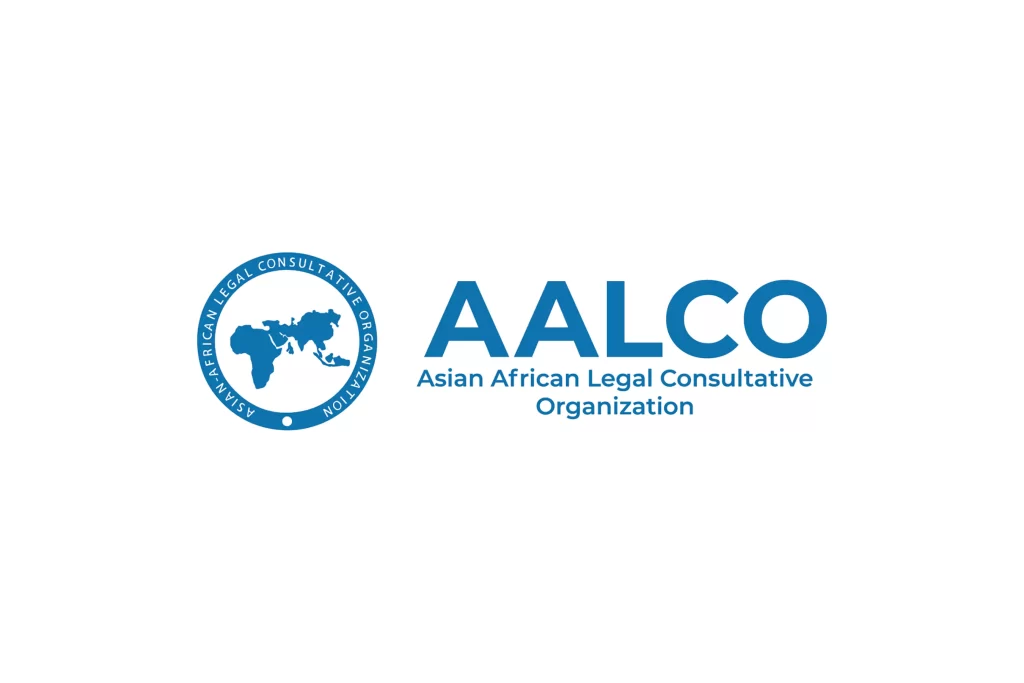
The Asian–African Legal Consultative Organization (AALCO) exemplifies the meaningful use of the “.int” domain, showcasing its role in facilitating legal cooperation between Asian and African nations.
Established in 1956, AALCO’s commitment to fostering legal collaboration is reflected in its choice of the “.int” domain. By doing so, AALCO creates a distinct online identity, emphasizing its status as an international legal entity.
The “.int” domain for AALCO serves as a digital hub for legal professionals, policymakers, and stakeholders from Asian and African countries. This online presence enhances communication, allowing for seamless interaction and information exchange among member nations.
A notable feature of AALCO’s “.int” domain is its adherence to the strict application policies. By securing this domain, AALCO reinforces its commitment to international law and cooperation. The “.int” domain, in this context, acts as a symbol of legitimacy and credibility in the digital sphere.
2. World Health Organization (WHO)
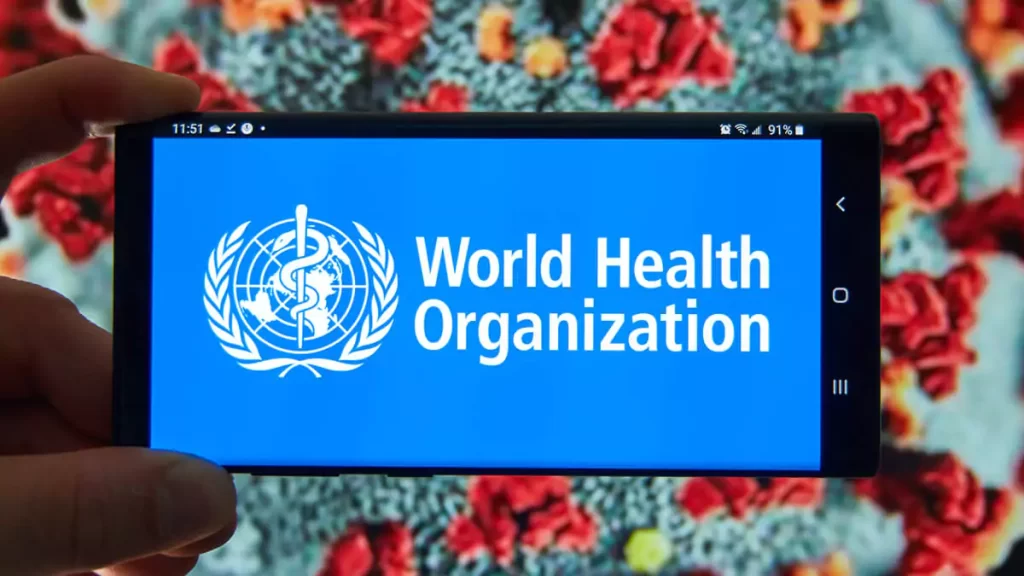
The World Health Organization (WHO), a prominent global health entity, strategically employs the “.int” domain, exemplifying its commitment to international health collaboration.
Established as a specialized agency of the United Nations, WHO’s use of the “.int” domain underscores its status as a key player in global health governance. This intentional choice serves as a digital gateway, facilitating communication and knowledge-sharing among diverse stakeholders worldwide.
By utilizing the “.int” domain, WHO creates a secure online space for disseminating critical health information, emphasizing its dedication to transparency and accessibility. This domain choice enhances its visibility and reinforces its role as a central hub for international health-related matters.
The “.int” domain for WHO embodies a proactive approach to digital communication, aligning with its mission to lead global health efforts. It signifies a commitment to leveraging technology for the greater good, allowing WHO to efficiently reach a global audience and stay at the forefront of international health discourse.
3. International Telecommunication Union (ITU)
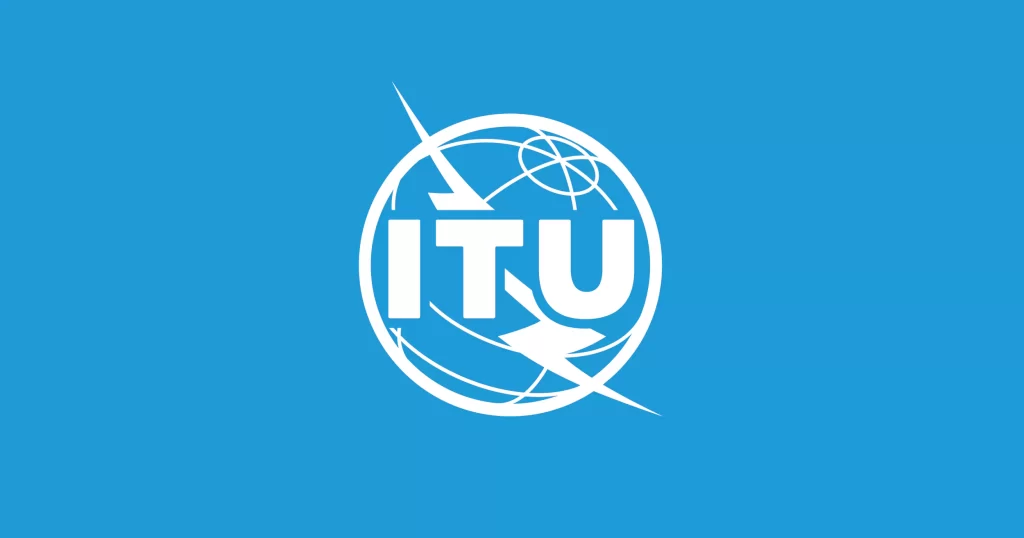
The International Telecommunication Union (ITU), a crucial player in global telecommunications, strategically employs the “.int” domain, showcasing its commitment to international collaboration in the field of telecommunications.
As a specialized agency of the United Nations, ITU’s use of the “.int” domain serves as a digital anchor, providing a secure and recognizable online space for communication and coordination among nations. This intentional choice reflects ITU’s pivotal role in shaping global telecommunications standards and policies.
By leveraging the “.int” domain, ITU ensures a cohesive online identity, reinforcing its status as a central hub for international telecommunication initiatives. This domain choice enhances the organization’s visibility and underscores its dedication to fostering global connectivity.
The “.int” domain for ITU embodies a proactive approach to digital communication, aligning with its mission to connect the world and bridge technological divides. It signifies a commitment to utilizing technology for the greater good, allowing ITU to efficiently engage with a global audience and lead international efforts in telecommunications.
4. World Intellectual Property Organization (WIPO)
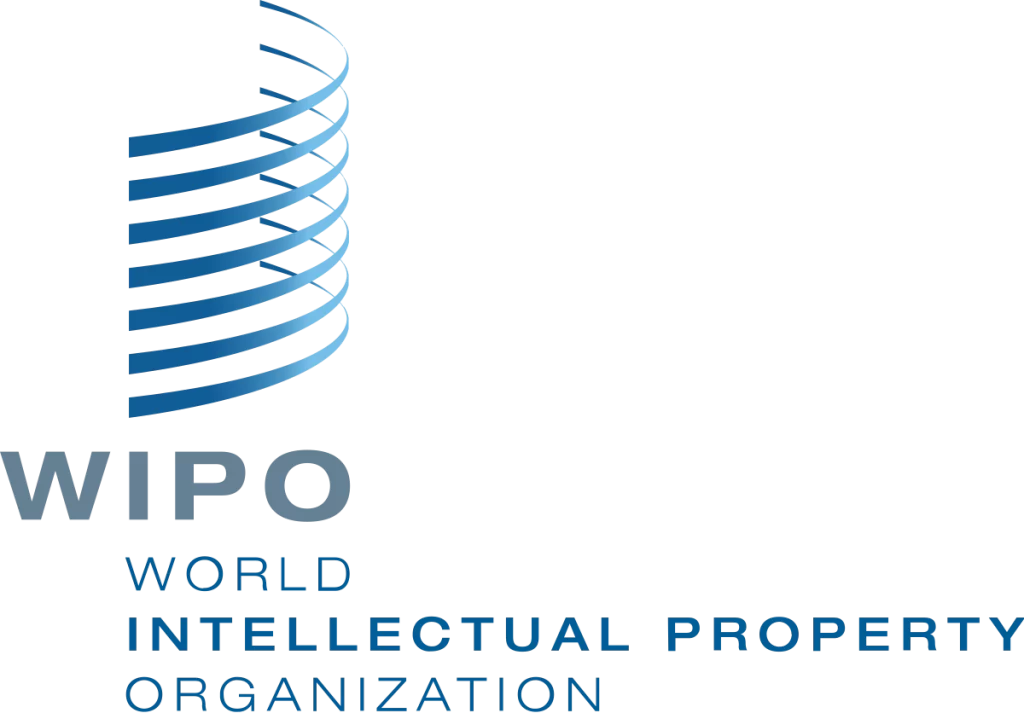
The World Intellectual Property Organization (WIPO), a leading global entity in intellectual property protection, strategically utilizes the “.int” domain, demonstrating its commitment to international collaboration in the realm of intellectual property.
As a specialized agency of the United Nations, WIPO’s choice of the “.int” domain serves as a digital cornerstone, providing a secure and distinct online platform for communication and cooperation among nations. This strategic decision reflects WIPO’s pivotal role in shaping and safeguarding global intellectual property standards.
By adopting the “.int” domain, WIPO establishes a unified online identity, reinforcing its status as a central hub for international intellectual property initiatives. This domain choice enhances the organization’s visibility and underscores its dedication to fostering global cooperation in the field of intellectual property.
The “.int” domain for WIPO embodies a proactive approach to digital communication, aligning with its mission to encourage innovation and creativity worldwide. It symbolizes WIPO’s commitment to utilizing technology for the greater good, allowing the organization to efficiently engage with a global audience and lead international efforts in intellectual property protection.
5. World Meteorological Organization (WMO)
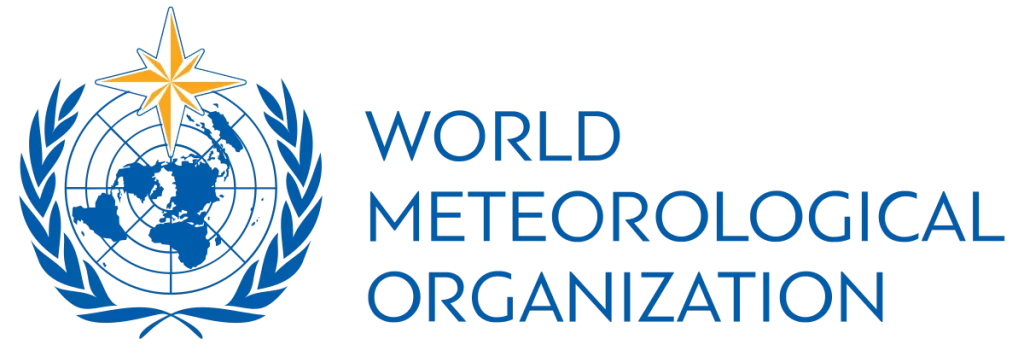
The World Meteorological Organization (WMO), a key global player in meteorology, strategically employs the “.int” domain, showcasing its dedication to international collaboration in weather-related endeavors.
As a specialized agency of the United Nations, WMO’s utilization of the “.int” domain serves as a digital nucleus, offering a secure and distinctive online platform for communication and coordination among nations. This deliberate choice reflects WMO’s pivotal role in setting global meteorological standards and fostering collaboration in the field of weather science.
By adopting the “.int” domain, WMO establishes a unified online identity, emphasizing its status as a central hub for international meteorological initiatives. This domain choice enhances the organization’s visibility and underscores its commitment to fostering global cooperation in understanding and predicting the Earth’s atmospheric phenomena.
The “.int” domain for WMO symbolizes a proactive approach to digital communication, aligning with its mission to promote efficient meteorological practices worldwide. It signifies WMO’s dedication to utilizing technology for the greater good, enabling the organization to effectively engage with a global audience and lead international efforts in meteorological research and forecasting.
Leverage 1Byte’s strong cloud computing expertise to boost your business in a big way
1Byte provides complete domain registration services that include dedicated support staff, educated customer care, reasonable costs, as well as a domain price search tool.
Elevate your online security with 1Byte's SSL Service. Unparalleled protection, seamless integration, and peace of mind for your digital journey.
No matter the cloud server package you pick, you can rely on 1Byte for dependability, privacy, security, and a stress-free experience that is essential for successful businesses.
Choosing us as your shared hosting provider allows you to get excellent value for your money while enjoying the same level of quality and functionality as more expensive options.
Through highly flexible programs, 1Byte's cutting-edge cloud hosting gives great solutions to small and medium-sized businesses faster, more securely, and at reduced costs.
Stay ahead of the competition with 1Byte's innovative WordPress hosting services. Our feature-rich plans and unmatched reliability ensure your website stands out and delivers an unforgettable user experience.
As an official AWS Partner, one of our primary responsibilities is to assist businesses in modernizing their operations and make the most of their journeys to the cloud with AWS.
Conclusion
Understanding what the .int domain is unveils a fascinating world of international collaboration, where digital identity plays a pivotal role. As we’ve explored the history and mission behind the .int domain, it becomes clear that this specialized top-level domain is more than just a digital address; it’s a symbol of trust, credibility, and commitment to global cooperation.
For organizations like the United Nations, World Health Organization, and others, the .int domain is a strategic choice, representing their dedication to fostering collaboration on an international scale. It’s not just a web address; it’s a testament to their role in shaping policies, standards, and initiatives that impact the world.
At 1Byte, leading cloud and hosting provider, this exploration additionally aligns with our commitment to technological excellence. While our focus is on providing top-notch cloud solutions, WordPress hosting, and domain services, we recognize the importance of understanding the broader digital landscape.
As technology evolves, so does the need for reliable and secure online spaces. The “.int” domain stands as a testament to this evolution, and 1Byte is here to ensure that organizations, whether on a local or international scale, can harness the power of the digital realm securely and efficiently.

